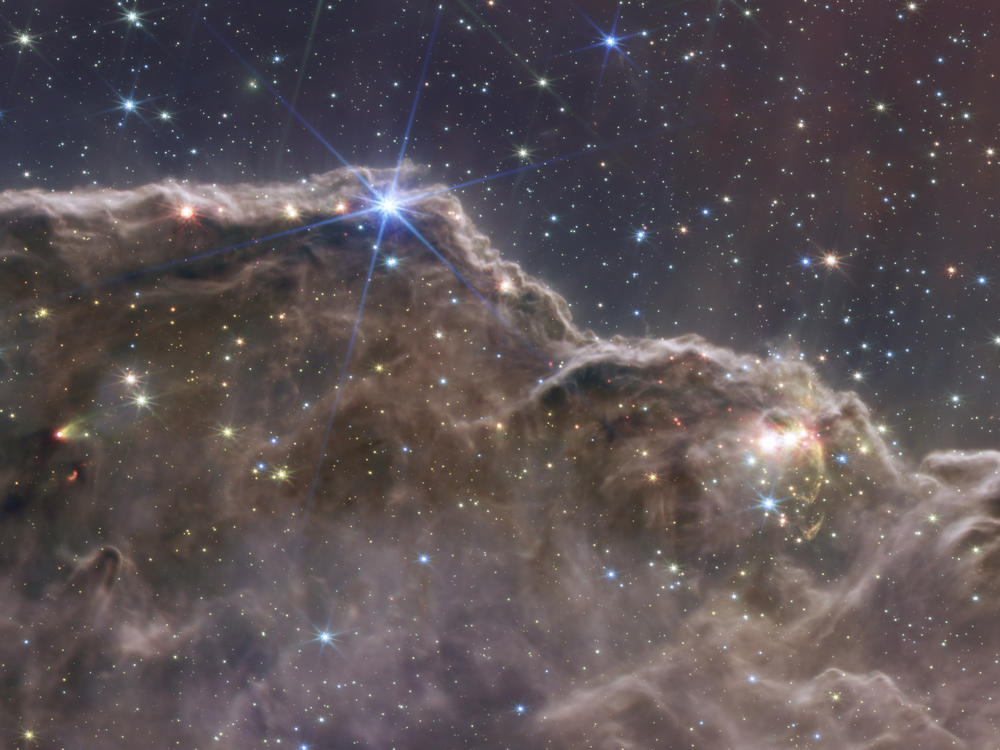Section Branding
Header Content
Scientists have picked up a radio signal 'heartbeat' billions of light-years away
Primary Content
Astronomers at the Massachusetts Institute of Technology have picked up repetitive radio signals from a galaxy billions of light-years from Earth.
Scientists have not been able to pinpoint the exact location of the radio waves yet, but suspect the source could be neutron stars, which are made from collapsed cores of giant stars.
The signals have been occurring steadily and last up to three seconds, researchers say. Most fast radio bursts, or FRBs, only last a few milliseconds.
"Within this window, the team detected bursts of radio waves that repeat every 0.2 seconds in a clear periodic pattern, similar to a beating heart," MIT said in a statement.
On Dec. 21, 2019, researchers at the Dominion Radio Astrophysical Observatory in British Columbia, Canada, picked up a signal of a potential FRB, according to the MIT statement.
"Not only was it very long, lasting about three seconds, but there were periodic peaks that were remarkably precise, emitting every fraction of a second — boom, boom, boom — like a heartbeat," said Daniele Michilli, a postdoctoral researcher in the Massachusetts Institute of Technology's Kavli Institute for Astrophysics and Space Research. "This is the first time the signal itself is periodic."
Data on the bursts, including their frequency and how they change based on where the source is located in proximity to Earth could help researchers determine at what speed the universe is expanding.
The announcement about the repetitive radio signals follows the release earlier this week of the first images of the universe from the James Webb Space Telescope. Those images reveal some galaxies formed more than 13 billion years ago.
Copyright 2022 NPR. To see more, visit https://www.npr.org.

